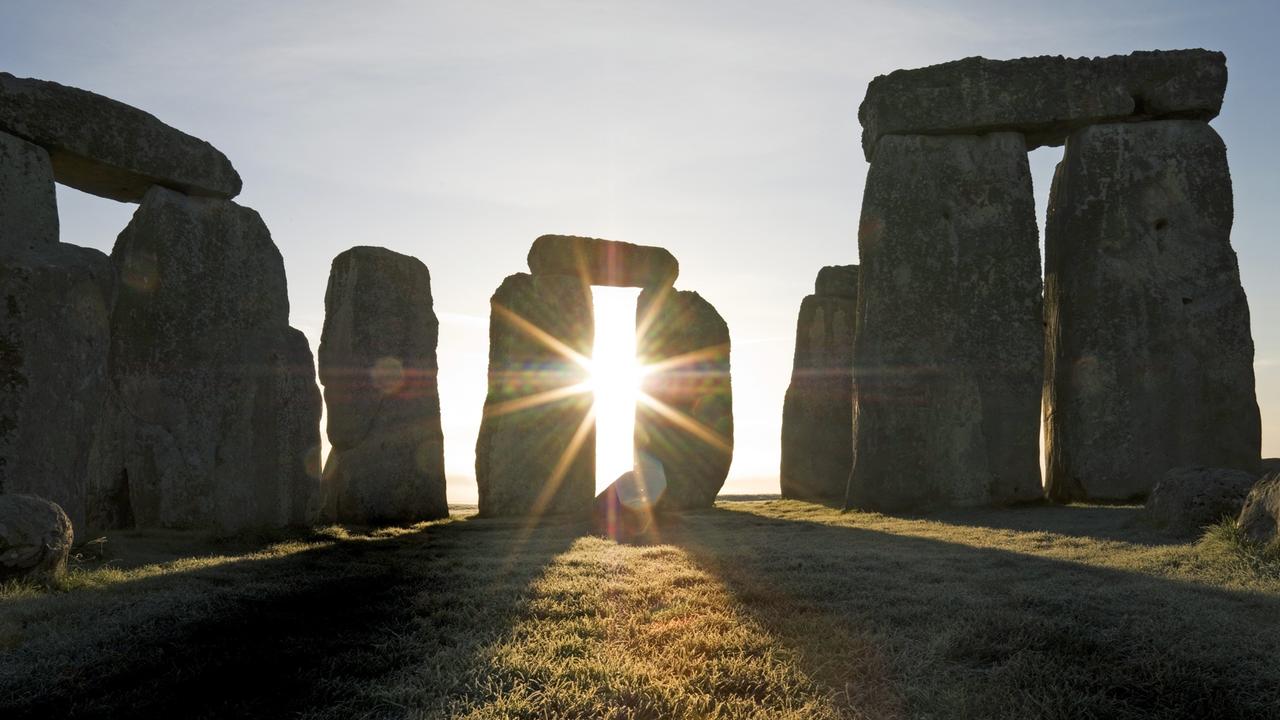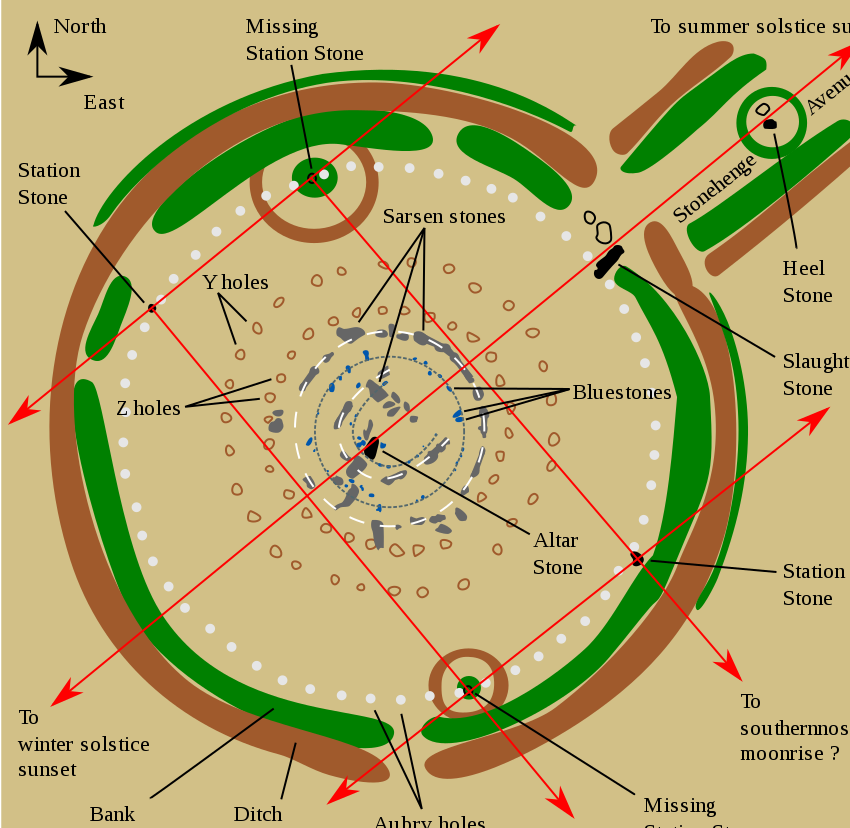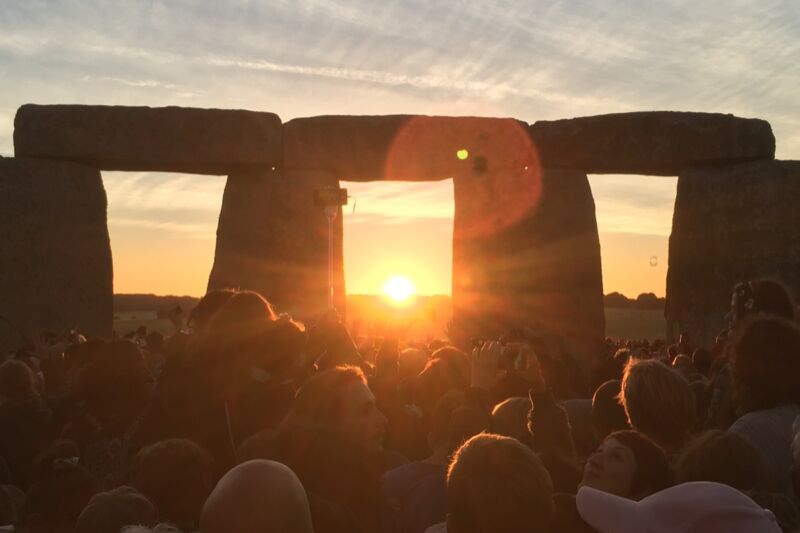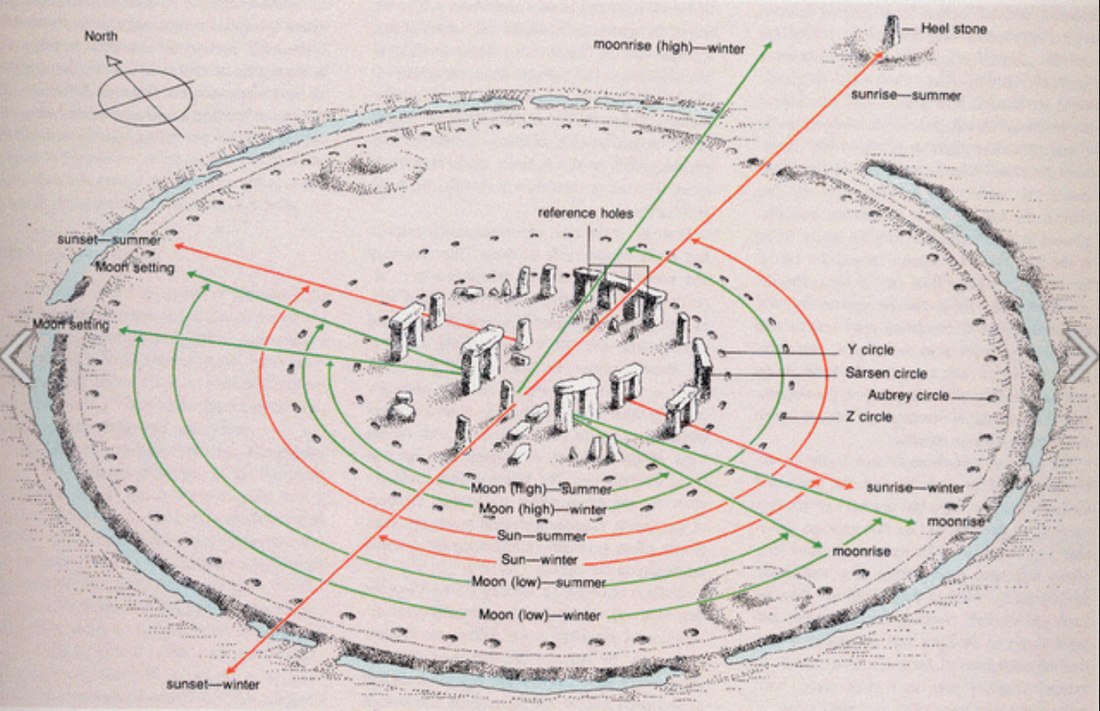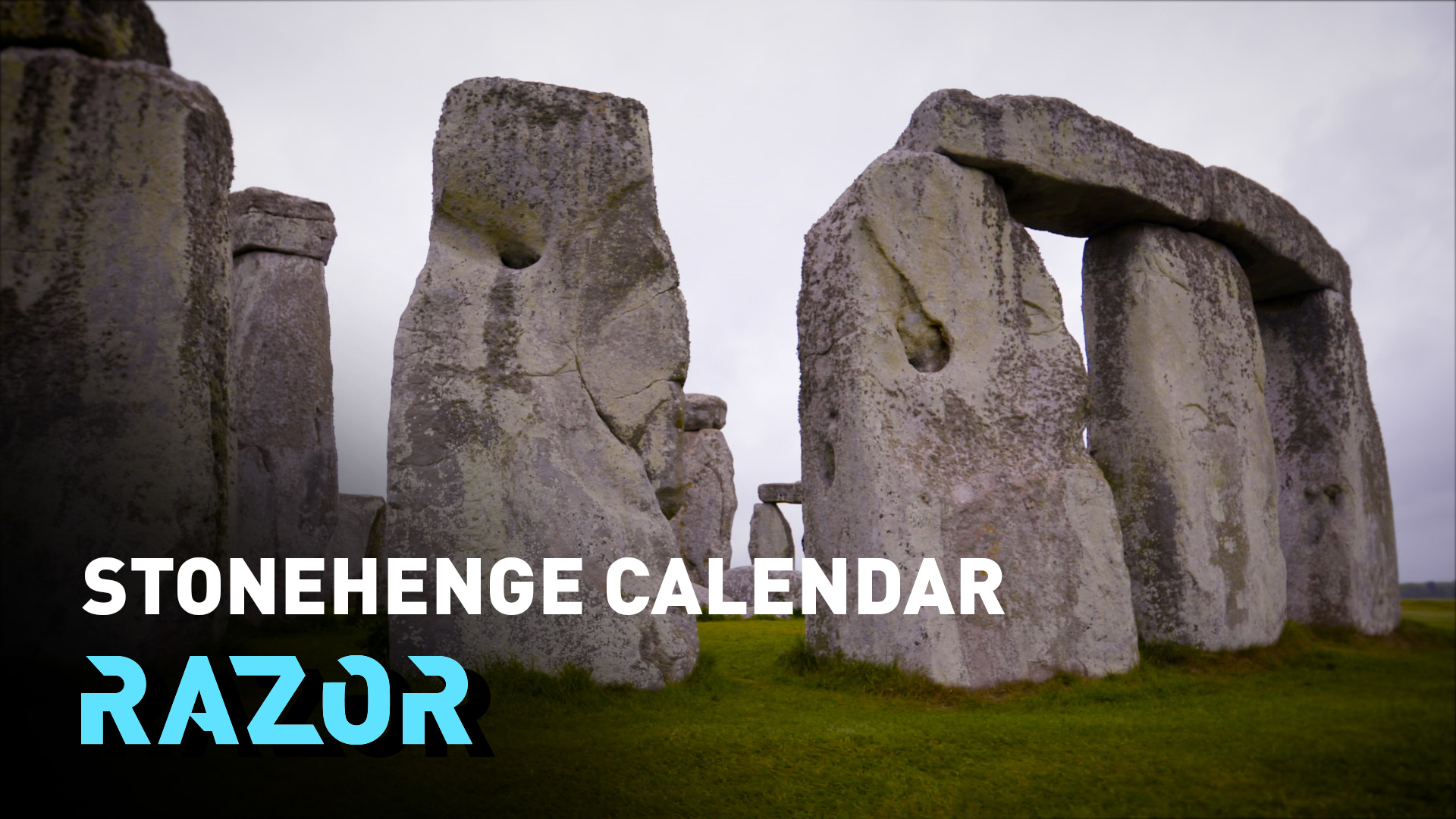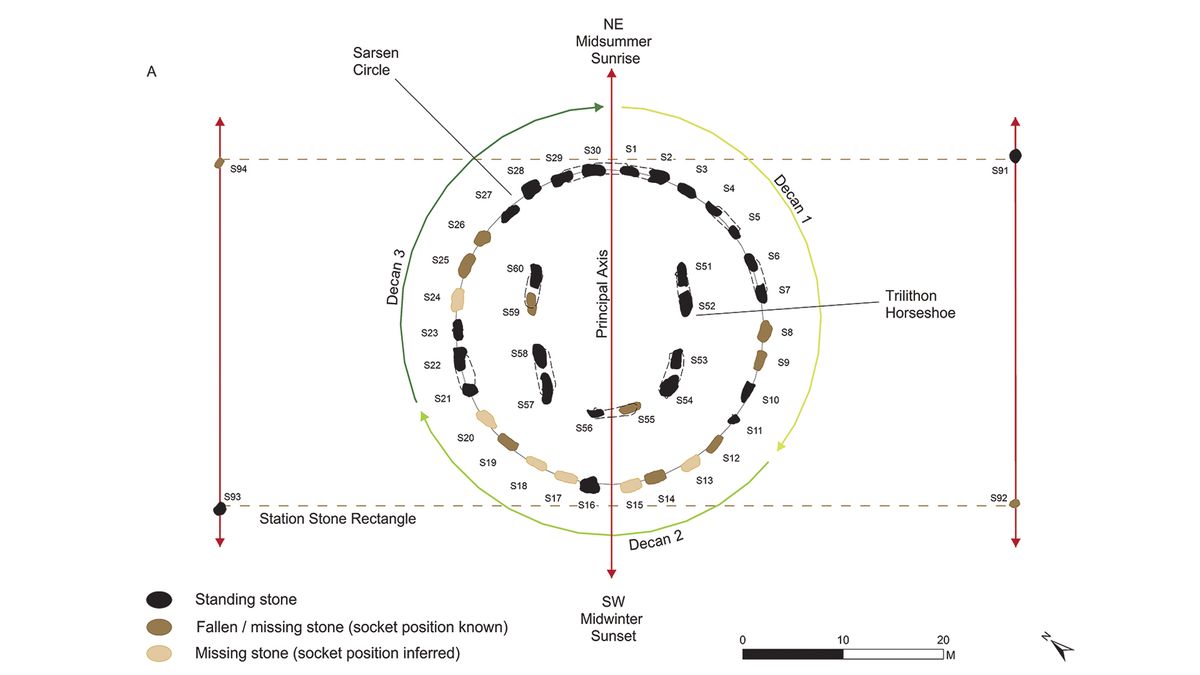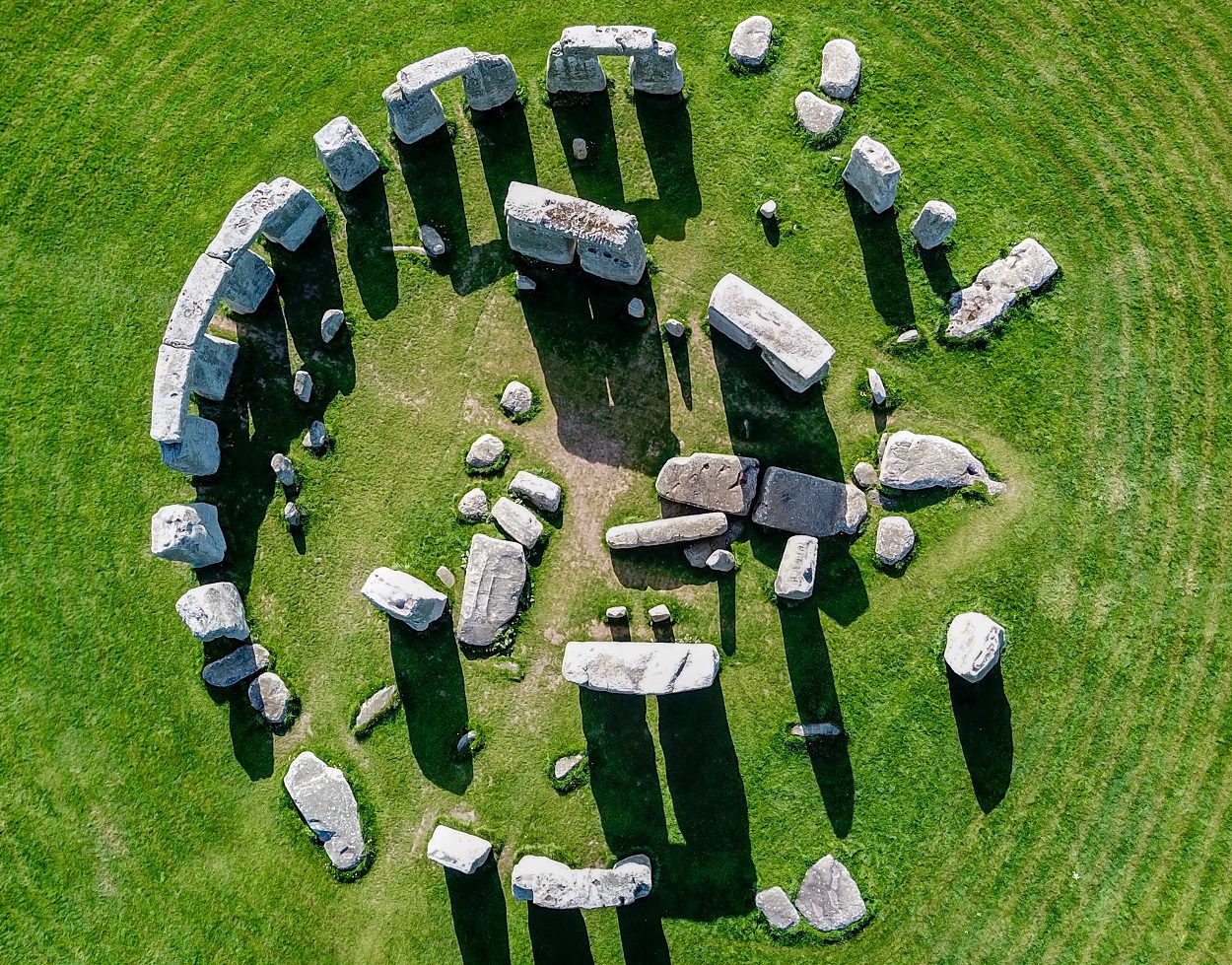Stonehenge Sun Calendar - Lastly, it's more likely than not that, like most neolithic cultures, stonehenge's architects would have adhered to a lunar. Stonehenge may have served as a calendar to keep track of the yearly movements of the sun, suggesting a prehistoric link to sun.
Lastly, it's more likely than not that, like most neolithic cultures, stonehenge's architects would have adhered to a lunar. Stonehenge may have served as a calendar to keep track of the yearly movements of the sun, suggesting a prehistoric link to sun.
Stonehenge may have served as a calendar to keep track of the yearly movements of the sun, suggesting a prehistoric link to sun. Lastly, it's more likely than not that, like most neolithic cultures, stonehenge's architects would have adhered to a lunar.
Stonehenge was ancient solar calendar KidsNews
Lastly, it's more likely than not that, like most neolithic cultures, stonehenge's architects would have adhered to a lunar. Stonehenge may have served as a calendar to keep track of the yearly movements of the sun, suggesting a prehistoric link to sun.
Stonehenge May Have Served As A Solar Calendar
Lastly, it's more likely than not that, like most neolithic cultures, stonehenge's architects would have adhered to a lunar. Stonehenge may have served as a calendar to keep track of the yearly movements of the sun, suggesting a prehistoric link to sun.
Stonehenge may be ancient solar calendar Ars Technica
Lastly, it's more likely than not that, like most neolithic cultures, stonehenge's architects would have adhered to a lunar. Stonehenge may have served as a calendar to keep track of the yearly movements of the sun, suggesting a prehistoric link to sun.
Stonehenge Weiner Elementary Original
Lastly, it's more likely than not that, like most neolithic cultures, stonehenge's architects would have adhered to a lunar. Stonehenge may have served as a calendar to keep track of the yearly movements of the sun, suggesting a prehistoric link to sun.
Stonehenge Sun Calendar Stonehenge, Astronomical calendar, Calendar
Lastly, it's more likely than not that, like most neolithic cultures, stonehenge's architects would have adhered to a lunar. Stonehenge may have served as a calendar to keep track of the yearly movements of the sun, suggesting a prehistoric link to sun.
Deciphering the ancient Stonehenge calendar CGTN
Lastly, it's more likely than not that, like most neolithic cultures, stonehenge's architects would have adhered to a lunar. Stonehenge may have served as a calendar to keep track of the yearly movements of the sun, suggesting a prehistoric link to sun.
Stonehenge may have been used as a solar calendar Space
Lastly, it's more likely than not that, like most neolithic cultures, stonehenge's architects would have adhered to a lunar. Stonehenge may have served as a calendar to keep track of the yearly movements of the sun, suggesting a prehistoric link to sun.
A new study suggests that Stonehenge once served as a solar calendar
Stonehenge may have served as a calendar to keep track of the yearly movements of the sun, suggesting a prehistoric link to sun. Lastly, it's more likely than not that, like most neolithic cultures, stonehenge's architects would have adhered to a lunar.
NBC NEWS AA Stonehenge may have been an ancient solar calendar, study
Stonehenge may have served as a calendar to keep track of the yearly movements of the sun, suggesting a prehistoric link to sun. Lastly, it's more likely than not that, like most neolithic cultures, stonehenge's architects would have adhered to a lunar.
New study on how Stonehenge may have served as an ancient solar calendar
Stonehenge may have served as a calendar to keep track of the yearly movements of the sun, suggesting a prehistoric link to sun. Lastly, it's more likely than not that, like most neolithic cultures, stonehenge's architects would have adhered to a lunar.
Lastly, It's More Likely Than Not That, Like Most Neolithic Cultures, Stonehenge's Architects Would Have Adhered To A Lunar.
Stonehenge may have served as a calendar to keep track of the yearly movements of the sun, suggesting a prehistoric link to sun.
